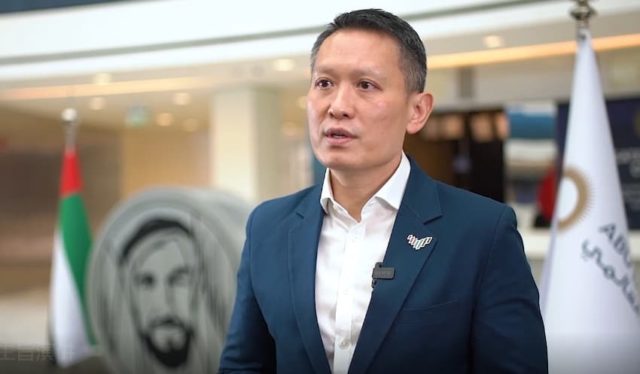Christine Lagarde, President of the European Central Bank (ECB)explains the ECB's decision to keep official interest rates unchanged in April and answers questions from the press.
Featured Statements
“The economy remains weak.”
“Polls point to a gradual recovery.”
“The recovery will be supported by the increase in real incomes.”
“Exports will rebound in the coming quarters.”
“The rigidity of the labor market gradually decreases.”
“Price pressures gradually ease“.
“LInflation will fluctuate around current levels in the coming months“.
“Inflation will fall to target next year.”
“Risks to growth tilt to the downside.”
About the ECB press conference
Following the ECB's monetary policy decisions, the president of the institution makes a prepared statement and answers questions from the press about the outlook for monetary policy. His comments can influence the volatility of the euro and determine a positive or negative trend in the short term. His dovish stance is considered positive or bullish for the euro, while his dovish stance is considered negative or bearish.
Frequently asked questions about the ECB
What is the ECB and how does it influence the Euro?
The European Central Bank (ECB), headquartered in Frankfurt (Germany), is the reserve bank of the euro zone. The ECB sets interest rates and manages the region's monetary policy.
The ECB's main mandate is to maintain price stability, which means keeping inflation at around 2%. Its main tool to achieve this is to raise or lower interest rates. Relatively high interest rates usually translate into a stronger Euro, and vice versa.
The Governing Council of the ECB takes monetary policy decisions at meetings held eight times a year. Decisions are made by the heads of the euro area's national banks and six permanent members, including ECB President Christine Lagarde.
What is Quantitative Easing (QE) and how does it affect the Euro?
In extreme situations, the European Central Bank can launch a policy tool called Quantitative Easing. QE is the process by which the ECB prints Euros and uses them to buy assets (usually government or corporate bonds) from banks and other financial institutions. The result is usually a weaker Euro.
QE is a last resort when a simple lowering of interest rates is unlikely to achieve the objective of price stability. The ECB used it during the Great Financial Crisis of 2009-11, in 2015 when inflation remained stubbornly low, as well as during the coronavirus pandemic.
What is Quantitative Tightening (QT) and how does it affect the Euro?
Quantitative tightening (QT) is the reverse of QE. It is carried out after QE, when the economic recovery is underway and inflation begins to rise. While in QE the European Central Bank (ECB) buys government and corporate bonds from financial institutions to provide them with liquidity, in QT the ECB stops buying more bonds and stops reinvesting the maturing principal of the bonds that are already has. It is usually positive (or bullish) for the Euro.
Source: Fx Street
I am Joshua Winder, a senior-level journalist and editor at World Stock Market. I specialize in covering news related to the stock market and economic trends. With more than 8 years of experience in this field, I have become an expert in financial reporting.







